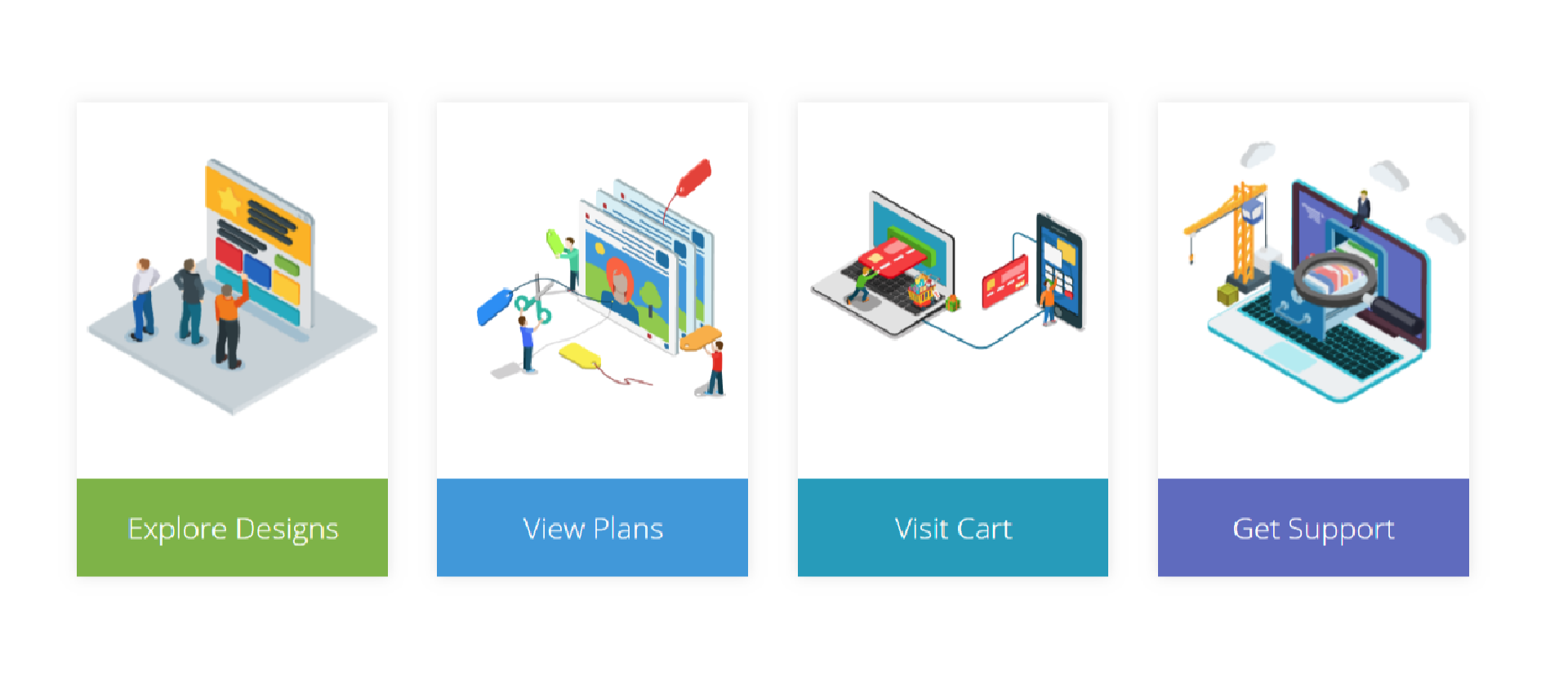Since the inception of the internet, websites have been around for a variety of purposes: to convey important information, to serve as a platform for discussions, and so on and so forth. However, it wasn’t until a decade or so later that we understood the importance of the website’s interface and the role it plays in converting a user who lands on your website into a potential customer for a business. While website designs witnessed countless trends to maximize this conversion rate, the content that effectively guides a user on any platform wasn’t given much thought. Until recently.
Old designs gave way to new designs, old technologies have been replaced by new. But the one factor that hasn’t changed in this equation is the customer! They are predisposed to behave in a certain way; they know that buttons, links and other actionable items are clickable, but how do you convince them to actually click and proceed to the next stage without dropping off midway? Through compelling UX content, of course! Here are seven basic tips to help you write better UX content.
1. Don’t make the user think: ‘Don’t Make Me Think’ is a book by usability expert, Steve Krug, and he has one important message for everybody into UX design and content: Don’t make the user think. The content should be so intuitive that any user who lands on your platform knows exactly what to do. It is when you make a user pause and think that they end up leaving without purchasing anything!
2. Think about your content tone: Pause for a second and try to think of all the favorite websites you shop from. Don’t they all have a friendly, conversational tone as if there is a human being behind the screen? This is called humanizing content so that the user doesn’t feel that they are interacting with a machine. Make your platform talk to your customers the same way you would talk to anybody who would walk into your actual store.
3. Avoid long form content: People on the internet don’t ‘read’ any more unless they are there with the sole purpose of reading – such as a blog post or an online newspaper article. Everybody skims and scans and picks what is relevant from them. So, if you force your user to read a chunk of content, they are not going to. They are simply going to leave because they know they will find something elsewhere on the vast place called the internet.
4. Aim for concise: A derivative of the above point, but it is so important that it deserves to be repeated this way. Convey your message in as few words as you can. Make sure your content is clear; leave no space for any sort of ambiguity.
5. Use active voice: Imagine you are a platform trying to get information regarding fixing one of your gadgets. And the Step 1 looks like this:
Option 1: Your device must be unplugged before you open the control console.
Option 2: Unplug the device and open the control console.
Which one did you personally prefer reading? If you chose Option 2, you are absolutely right! It is in the active voice and conveys the message effectively, while Option 1 is just a long-winded and confusing way to convey the same message!
6. Maintain consistency: Consistency sure is the key. On your website as well as everywhere else. If you are using one tone on your homepage, stick to the same tone through all the pages. If you are referring to what you are selling as ‘product’, continue using the same terminology everywhere. Don’t randomly replace it with ‘item’ in your Cart or Orders page because these things, no matter how trivial they may seem to you, actually matter when it comes to business’s success.
7. Make ‘Read More’ your best friend: Let’s talk about when you have to put a big chunk of content somewhere on your website. The ideal practice is to show the first two lines and put the rest under a ‘Read More’ hyperlink which the user can click if they want to read instead of coercing them to.
These are a few of the basic points one must keep in mind while crafting UX content. UX writing is in fact a less-explored field that rose to prominence in the last decade or so. Hence, there will be a dearth of resources to learn more about it; most of the material out there is based on the real experiences of real UX designers and content writers. Master the art of writing for the web and you will soon see your conversion rates going up steadily.



















































